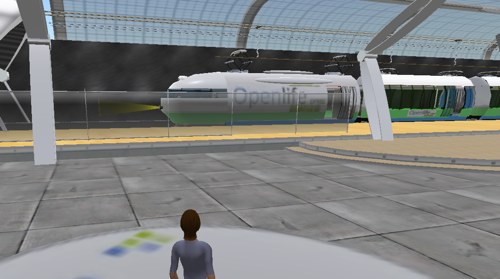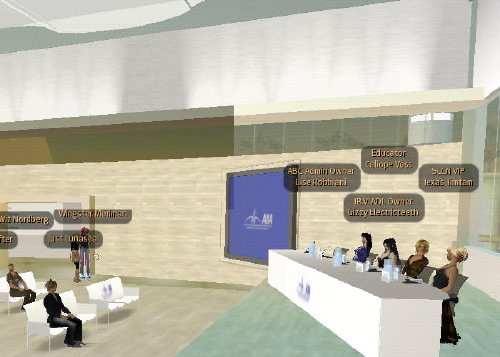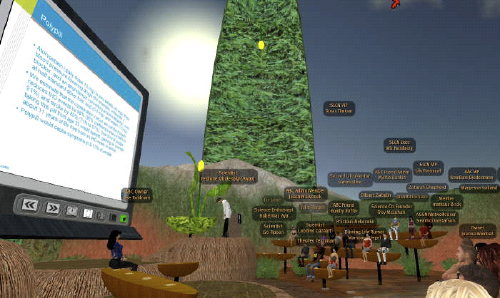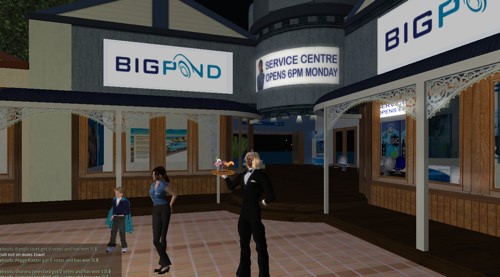Openlife resident Macphisto Angelus has posted an excellent summary of a recent meeting for Openlife residents. There were a couple of notable announcements out of the meeting.

First, there’s the partnership with realXtend and its promise for a graphically rich world. Second, a range of browser options are on the way, including a Mac version (Mac users can only use Openlife via the Second Life browser at present). Third, some fascinating avatar enhancements are on the way, leveraging off the realXtend platform.
Since we first dropped in on Openlife in February it’s been evolving steadily. If you’re wanting to dip your toe in the waters of an alternate grid, now might be a good time and why not support the Australia-based Openlife?








Recent Comments